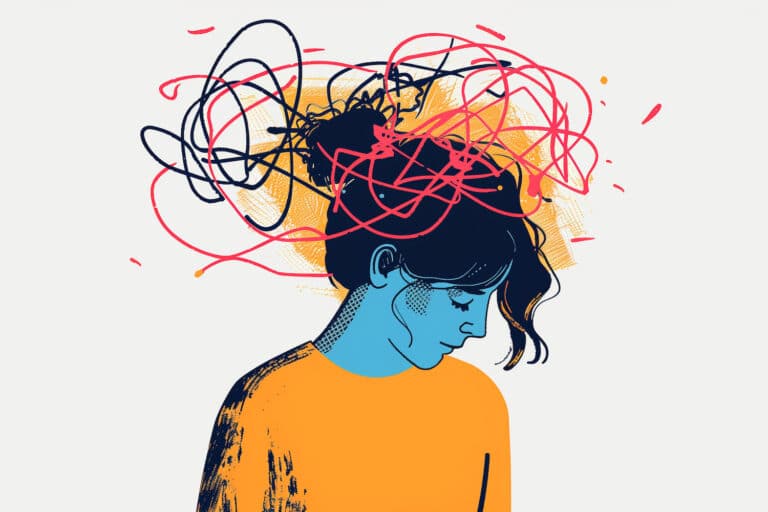When we think of eating disorders, we automatically think of the three most common types: anorexia, bulimia, and binge eating. But did you know there are at least seven more recognized eating disorders?
While these lesser-known eating disorders aren’t seen on the scale of the main three, it’s so important for us to be aware of them so that we can get help if we need it—and so we can encourage our loved ones to get help as well. After all, recognition is usually the first step toward healing.
7 Eating Disorders You May Not Have Heard Of
We’ll list the lesser– known eating disorders as well as a brief description of each below.
Pica: An eating disorder where a person ingests items that are not food. This might include soap, paper, chalk, dirt, paint chips, hair, small rocks, clay, or metal. Pica usually acts as a warning that something is wrong—a person may be anemic or malnourished, or they may be experiencing a complication during pregnancy.
Orthorexia: This disorder occurs when a person is preoccupied with healthy eating. There is an intense fear of eating foods they consider unhealthy and it plays a role in their social and financial wellbeing. A person may sacrifice important nutrition for “health.”
Rumination Disorder: This is when a person regularly regurgitates their food, not because of a gastrointestinal problem. They may bring swallowed food back up into the mouth to chew and swallow again, or they may spit it out. It is a treatable condition in which patients practice breathing techniques to reverse the habit.
Avoidant Restrictive Food Intake Disorder (ARFID): You may have also seen this referred to as “selective eating disorder,” where a person severely limits the types of food they will eat due to texture, taste, smell or a traumatic experience with the food. However, unlike anorexia, they do not have any internal struggles related to body image.
Laxative Abuse: Similar to bulimia, laxative abuse involves the desire and action to remove food from the body quickly in order to control a person’s weight. The difference, of course, is that instead of throwing up, a person will regularly take a laxative after eating.
Compulsive Exercise: You may not consider including compulsive exercise in a list of eating disorders, but the motive is often to combat the food a person eats. Instead of engaging in an adequate amount of exercise, a person with this disorder will exercise to the extent that it begins to interfere with daily life.
Other Specified Feeding or Eating Disorder (OSFED): This category exists for people who display symptoms of anorexia or bulimia but do not meet every criterion required to receive a diagnosis. Of course, it is much better for someone like this to get help now because the potential remains that it could move into a more severe condition in the future.
Do any of these eating disorders ring true for you? If so, we’d love to help you navigate your next steps and find your way toward healing. Give us a call today at 205-235-6989




